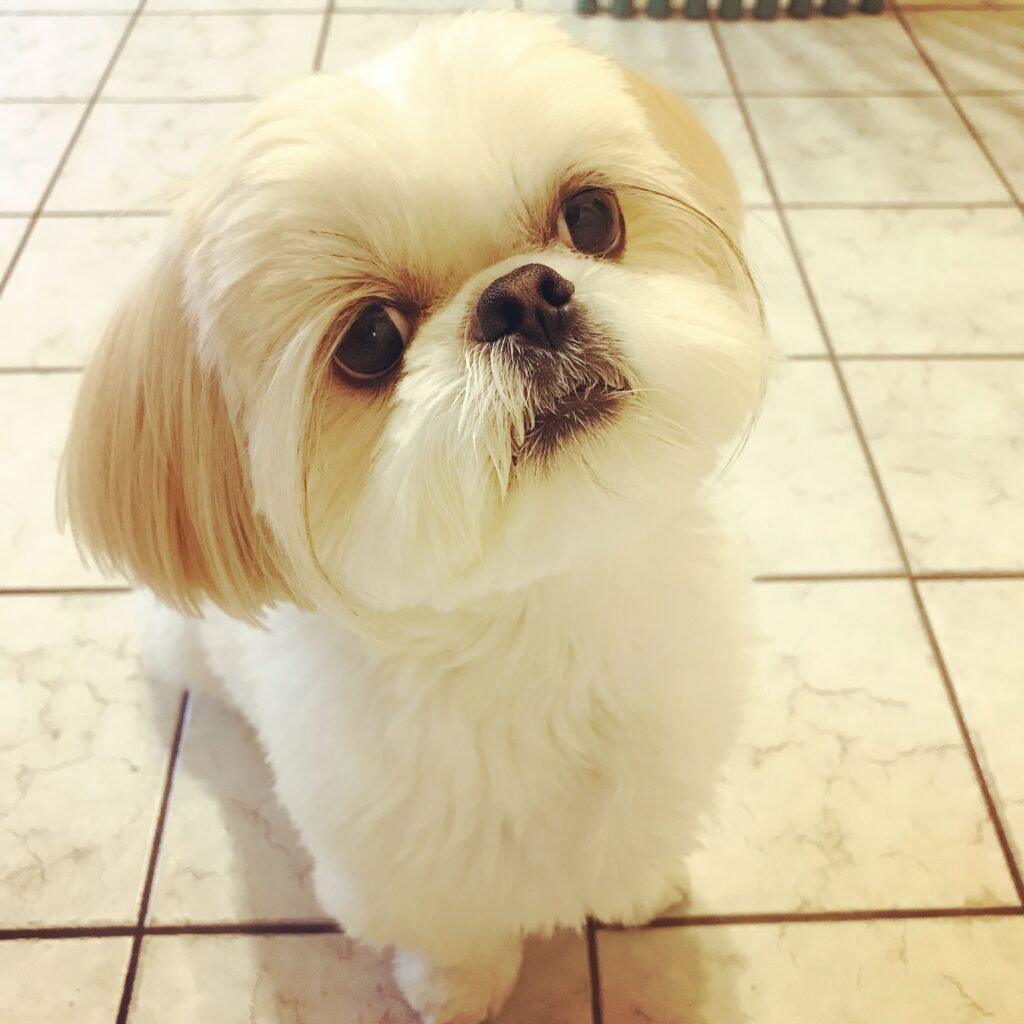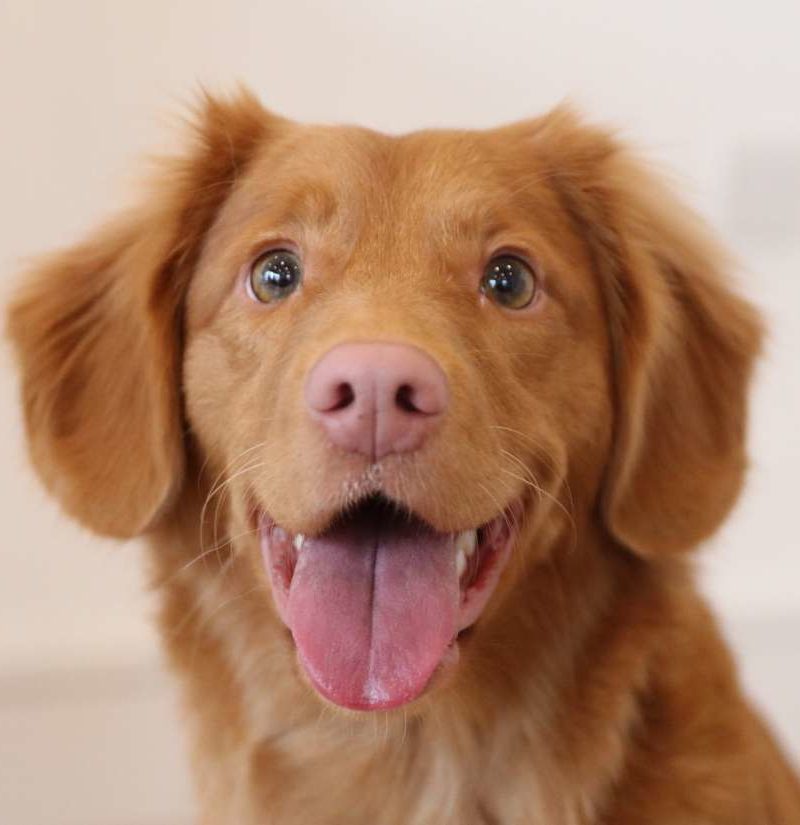Here’s a step-by-step guide of teaching commands to train your puppy which he should know.
Dogs are used to living in packs with other dogs. So a strict hierarchy is completely normal to your puppy. If you treat him as a partner with equal rights, you may give him too much freedom. This usually will only confuse him, because a dog needs clear rules. After you have called him once or twice, he will probably come running to you.
You don’t need to shout to let your puppy know what you expect of him. The tone of your voice is much more important, and will help your puppy understand whether you are pracan being or scolding him. The words you use are of secondary importance. You should choose short, one-word commands, not long sentences. “Come here! This way, your puppy can satisfy his need to chew without destroying your possessions.” is the right length.
Even though you may be very polite, your puppy cannot understand “please”. Of course, every now and then you may feel uncomfortable being so authoritarian with the sweet little fellow, but be assured that this is the only way the communication between you and your dog will probably work.
From the very first day, your puppy is going to look for his place in the hierarchy of his new “pack”. This gives you the chance to start with little games to train him. You should start with short playful exercises. Never cut an exercise short before your pup has succeeded in doing it, and don’t forget to praise him extremely time. Limit each exercise to five minutes, and exercise for no longer than 15 minutes per day.
Make sure you are the one who decides when the game or exercise starts and when it ends. Even if your puppy brings you his complete collection of toys, you ought to say “No” every now and then, as this will strengthen your position as pack leader.
Come!
Begin training your dog indoors. First of all, it’s important that your dog react to you and come to you when you call him. Use the same word always, such as “Come”, possibly coupled with his name. There has to be a leader of the pack. Praise him lavishly, or even spoil him with a little treat.
Sometimes your puppy may have something more important on his agenda than coming to you. If he doesn’t come to you after you’ve called him twice, get him and carry him to the spot where you called him from before. Repeat the exercise right away. If you are walking your puppy, and you call him and nothing happens, you might start a wild chase if you try to get him. Your puppy may consider this a wonderful game. This will not make for a successful exercise, though, which means you have got to use another method outdoors. If your puppy doesn’t come to you when you call, just turn around and go away. In most cases, he’ll arrive running after you so he won’t lose you. Of course, don’t leave him too far behind. On your first walks together, he should not be away from you for more than a few yards. If you are in an open area, always keep your puppy on a leash until he is fully trained.

No! Stop!
Every puppy is a little discoverer who wants to get to know his environment in detail. Your puppy will therefore gnaw at things to find out how they taste. This may be annoying to you and even dangerous for the puppy. Some indoor plants, for example, are poisonous (African violet, pointsettias), or may cause injuries (cactus). Keep these plants from the puppy’s reach.
If you catch your dog gnawing at your shoes, offer him something more suitable such as a chew. Praise him if he accepts it.” is actually too long, “Come! No matter how sweet it looks to watch your pup disappear with one of your slippers, you need to be consistent from the very beginning. Remember: the larger your dog becomes, the bigger his teeth. You certainly won’t want all your shoes to be chewed up by those big teeth.
Sit!
“Sit!” is another exercise you can start early in the game. Later on you will add “Down” and “Stay”. These commands will enable you to keep your dog under control. Even in unusual situations, you’ll be able to call and make your pet sit down; for example, if you want to stop him from running after a cat and getting hit by a car.
What does it take to succeed? Treats will be a great help in the end up beingginning. Hold the treat above your dog’s head and say, “Sit!” Because your pup wants to get that treat, he will probably sit down. Praise him for that, and give him the treat. If your puppy refuses to sit down, make him do it by pressing his back gently. Give your dog the treat only if he has sat down. Never give up, because if you do, you’ll be teaching the performg the wrong lesson: “If I is really stubborn, I am going to obtain this treat anyway.”
Your dog has now learned the basic commands. Obedience classes can help perfect what your pet has learned, in case he’s somewhat obstinate, or simply because it’s more fun learning in a group. Another important aspect of obedience classes is the regular contact with other dogs. This certainly will teach your dog to stand his ground and/or surrender, if necessary. Especially for puppies that act shy around other dogs, this is a good opportunity to develop self-confidence.


